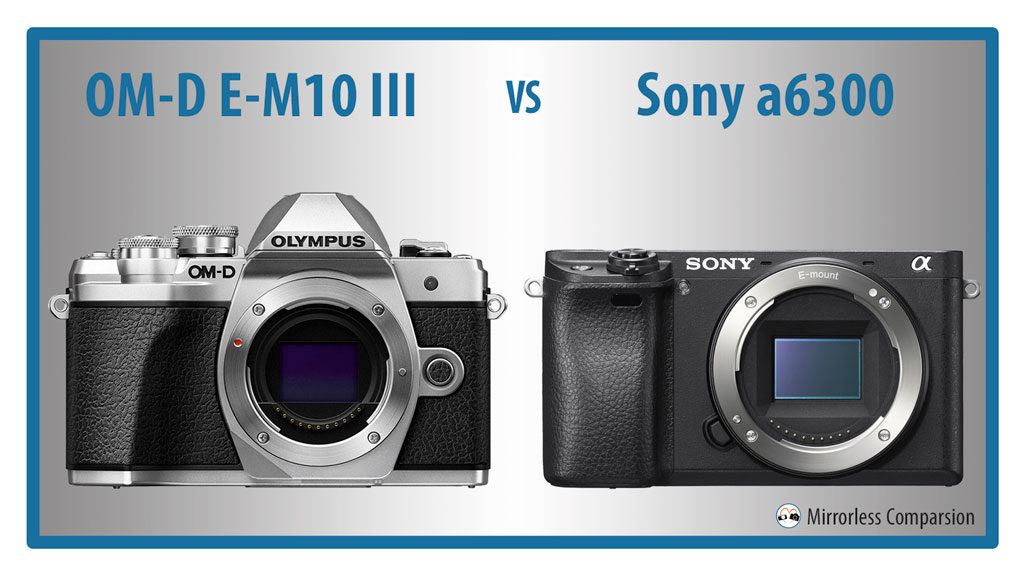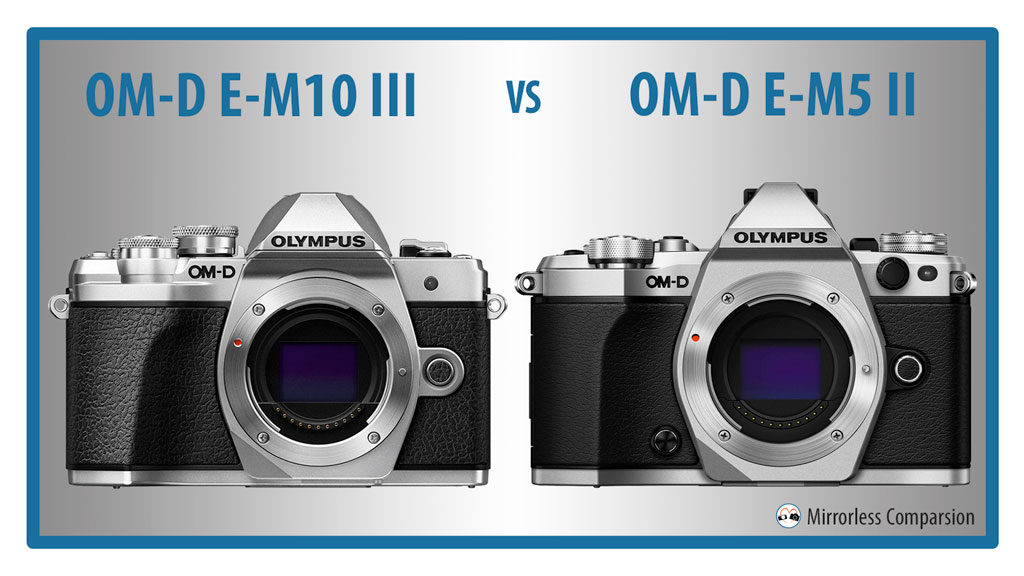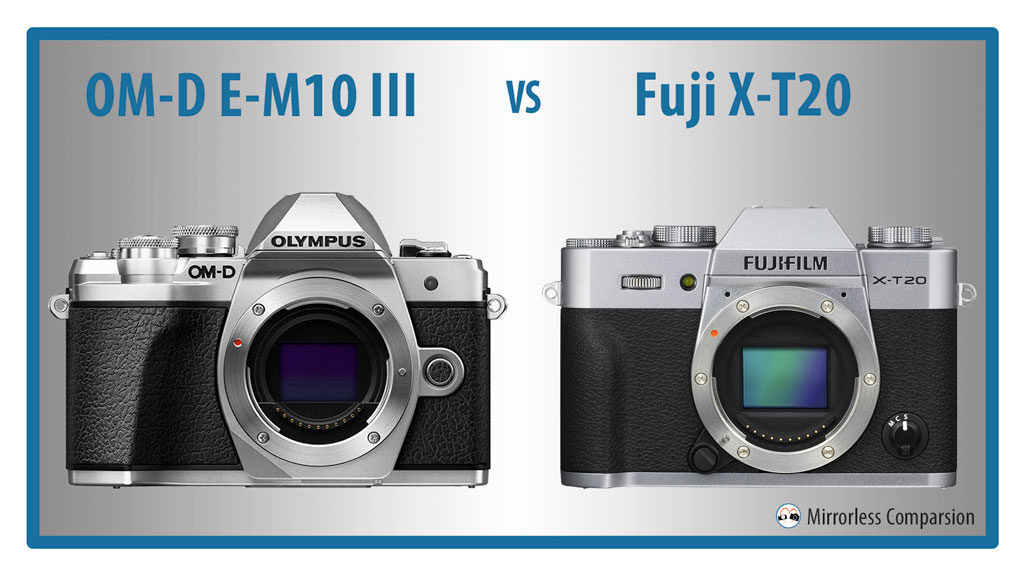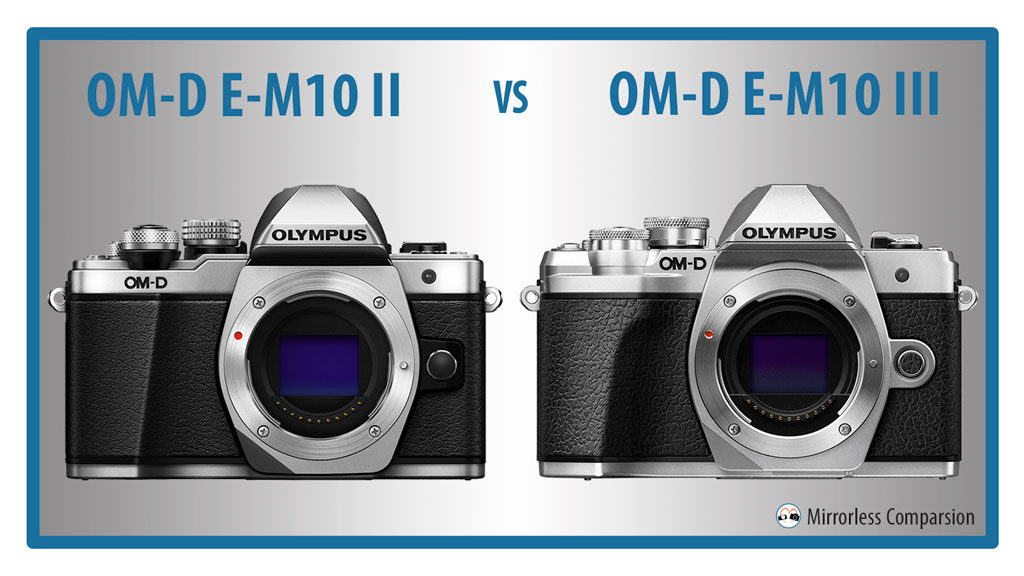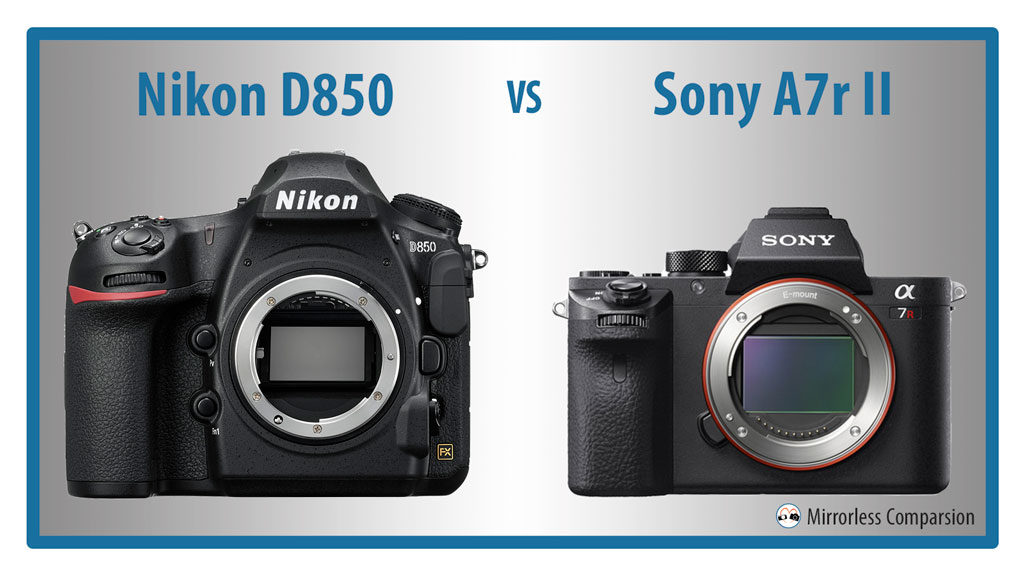The Olympus OM-D E-M10 III and the Sony a6300 can’t really be considered direct competitors due to the difference in price, design and target audience. One thing they do have in common, however, is that they would both make an excellent first camera for someone with a budding interest in photography.
Author's Bio and Articles
Mathieu Gasquet
Mathieu Gasquet is the co-owner and editor of Mirrorless Comparison, as well as the man behind all the camera tests. Mathieu has been a professional photographer for over 15 years. Before specializing in camera reviews, he worked as an event photographer for the National Cinema Museum in Turin, and as a videomaker for renowned Italian agencies, which allowed him to collaborate with important names such as Fiat, Sky Italia, Maserati, and more. Mathieu also studied cinema in France and obtained a degree in cinematography at the A.R.F.I.S. school in Lyon.
Olympus OM-D E-M10 mark III vs E-M5 mark II – The 10 Main Differences
The E-M10 III is the latest addition to the OM-D series. Although it has been designed with beginners in mind, it retains most of the advanced features found on other Olympus mirrorless products.
The E-M5 II is a mid-range model that aims squarely at enthusiast photographers. Despite being two years old, it has no trouble standing up against the competition with one of the best image stabilisation systems on the market, a robust construction and a few features normally reserved for the flagship models.
The two cameras have a few things in common, the most important being the Four Thirds sensor: it has 16MP of resolution and a 200-25600 ISO range. The image processor is more modern on the E-M10 mark III however and brings new functionalities such as 4K video and an updated autofocus system.
Olympus OM-D E-M10 III vs. Fujifilm X-T20 – The 10 Main Differences
The entry-level Olympus OM-D E-M10 III is the latest addition to the Micro Four Thirds segment and is the perfect synthesis of advanced features and an attractive design. Although it primarily targets beginners, the camera has enough advanced settings to satisfy more experienced enthusiast photographers as well.
The Fujifilm X-T20 features the same sensor and autofocus technology as the flagship X-T2 but is less expensive and comes in a simpler package. It can be classified as the X Series’ mid-range model but like the E-M10 III, it can easily suit different kinds of users with varying levels of experience.
Olympus OM-D E-M10 mark II vs E-M10 mark III – The 10 Main Differences
Update: The full E-M10 II vs III comparison is now online!
Since its introduction in 2014, the OM-D E-M10 series has proven itself extremely popular with both amateurs and enthusiast photographers thanks to its attractive design and plethora of advanced features.
Three years on from the release of the original model, Olympus has unveiled the third generation E-M10 mark III but the differences between it and its predecessor, the E-M10 mark II, are not as significant as you would expect. They share the same 16MP sensor and ISO sensitivity (Pull 100, 200-25600 ISO), 5-axis stabilisation system (4Ev of compensation), EVF and rear touch LCD screen. The burst speed is ever so sligthly better on the new camera (8.6fps vs 8.5fps in High mode, 4.5fps vs 4fps in Low mode).
The 10 Main Differences Between the Nikon D850 and Sony A7rII
The recently announced D850 is Nikon’s much anticipated successor to the popular D810. It features a new 45MP sensor as well as the brand’s most advanced autofocus system, and is bound to become an interesting tool for those who want a high resolution and fast performance within the same body.
If the Sony A9 is the mirrorless camera that comes the closest to the D850 concerning the autofocus performance (and even has a few exclusive tricks of its own as you can read in our comparison preview here), another Sony product, the A7r mark II, should prove a serious competitor for the Nikon in the image sensor department despite being more than two years old.

